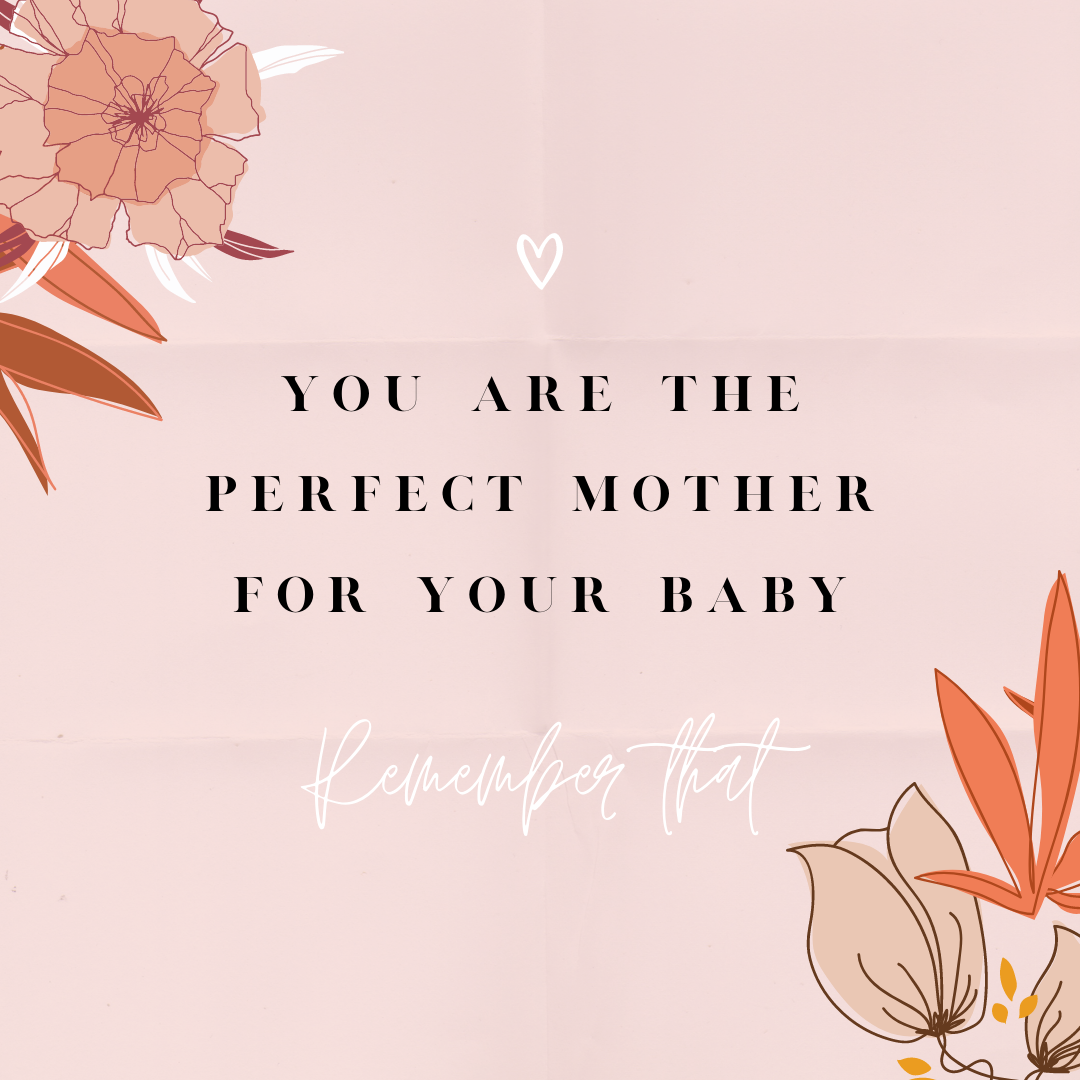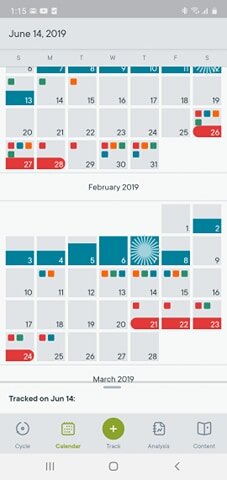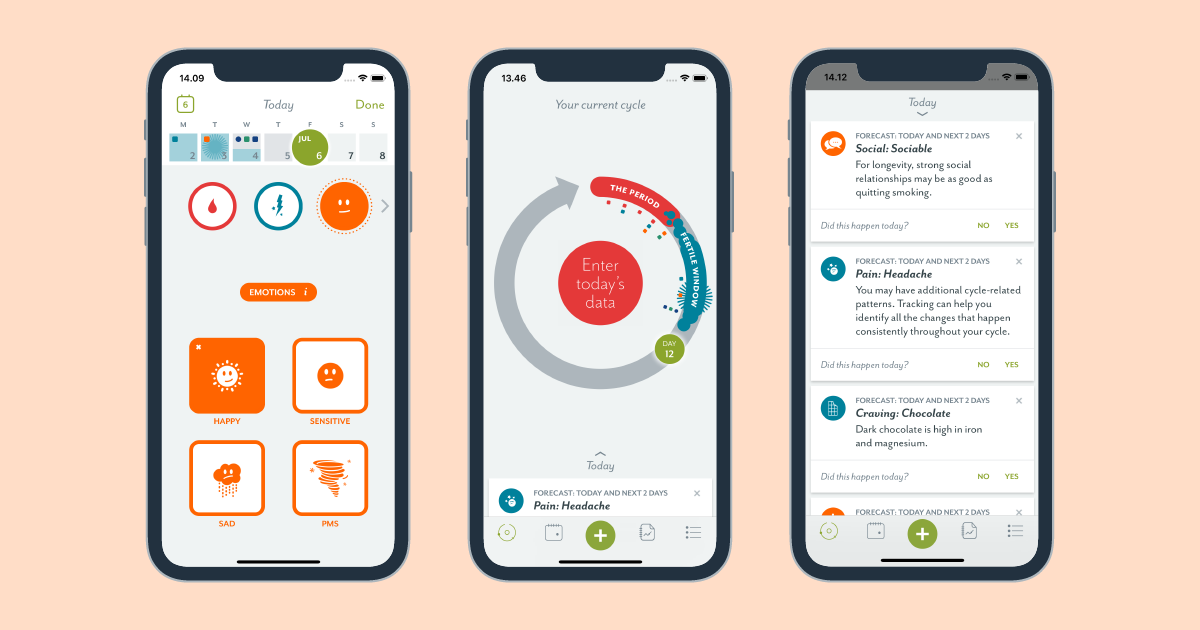It was so easy for me to fall into the pit of comparison and expectations when it came to Motherhood.
I mean, how could you not get mixed into it? I was a new mom who spent all of maternity leave living through social media simply because we couldn’t leave the house (thanks Corona.) I spent my tired hours scrolling through these picture perfect moments that Instagram moms were posting on their feed. All of them with their plants, and fun quarantine crafts, and fat babies who had wardrobes nicer than mine. I awed at nurseries that were so particularly put together down to the knobs on the dressers. I envied the mothers who had babies that slept quietly through the night for 11 hours, or the babies who seemed to hit milestone after milestone, all while my baby was still crying in my ear.
Remember that social media is a HIGHLIGHT REEL, so all you see is the picture perfect snapshot
I want to preface with the fact that I absolutely love Maverick and everything that he does puts me in awe, from him holding his binky to him halfway rolling over. Even though I didn’t ever want to think that I would doubt Maverick’s ability to just be a baby, I kind of was in a way. I was comparing him to all of these babies that had different circumstances than him, different goals than him, different everything from him. I know how hard it is to be the child that hears their parent say, “look at your auntie so & so’s kid, they do XYZ. You should do XYZ.” I never liked that. I hated being compared to other kids.
I low key was doubting the ability of myself to perform as a mother, and in a way, doubting my son’s ability to just… grow
But the point is, if I already know that it sucks being on that side, the last thing I want to do is put Maverick in that same position. I expressed my concerns to Sean one night, and he just kept rambling off all the things that Maverick could do. He could throw his binky clear across the room. He could hold his big head up without our help. He smiles and he laughs whenever we’re in front of him dancing and tickling him. All the things that I love, but for some reason was discrediting.
Maverick may not sleep through the night yet. He hates tummy time with a burning inferno passion, and he absolutely refuses to roll back over once he’s on his tummy. He will cry to high heaven until we pick him up from his Mamaroo. But he sings along with nursery rhymes, he blinks away water without being afraid, and he nurses like a freaking champ to fill in all his baby rolls.
As for me, I may not get to spend every waking moment with him because I am a working momma that works long days. I may have half of my husband’s storage in Maverick’s room still. And I already regret missing out on all the photo and video opportunities with Maverick’s “first XYZ”. But my baby is giddy to see me walk through the door from work or when he wakes up in the morning and I’m the first person he sees. And that’s what matters to me.













